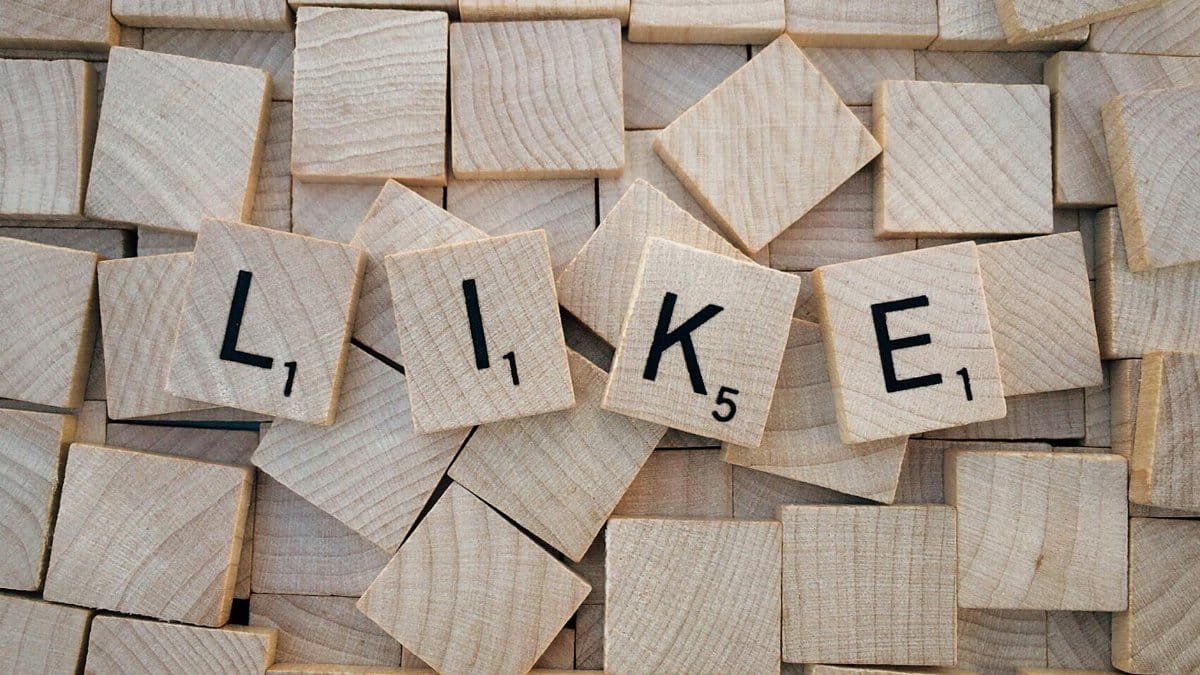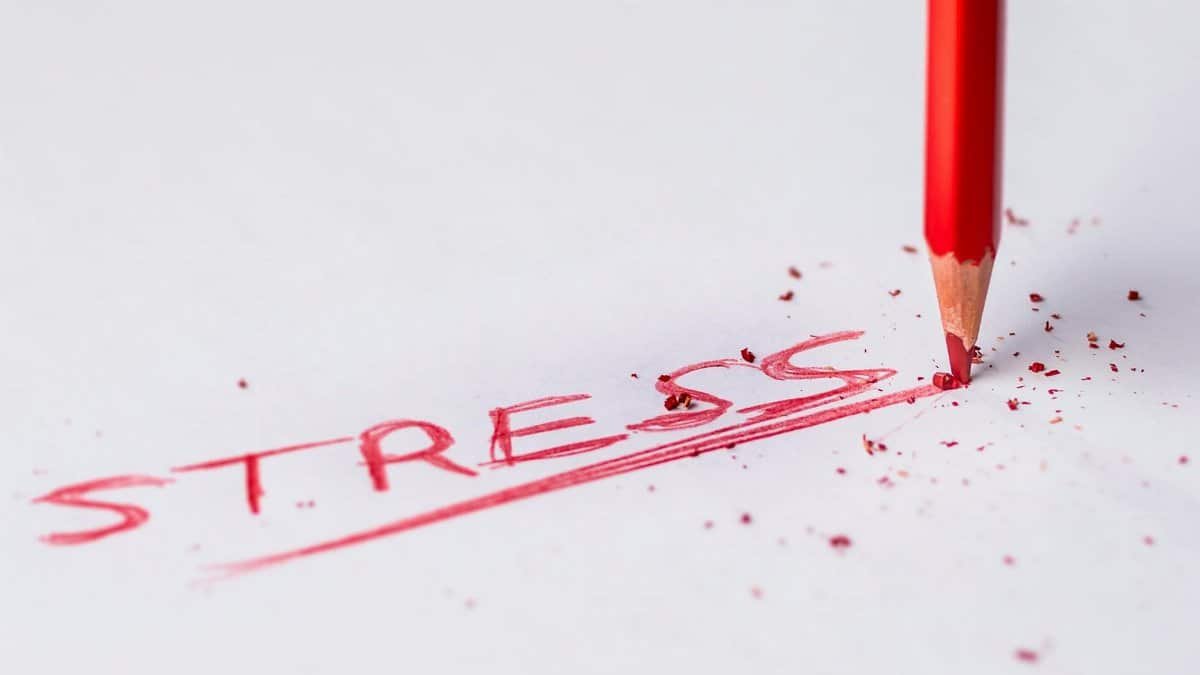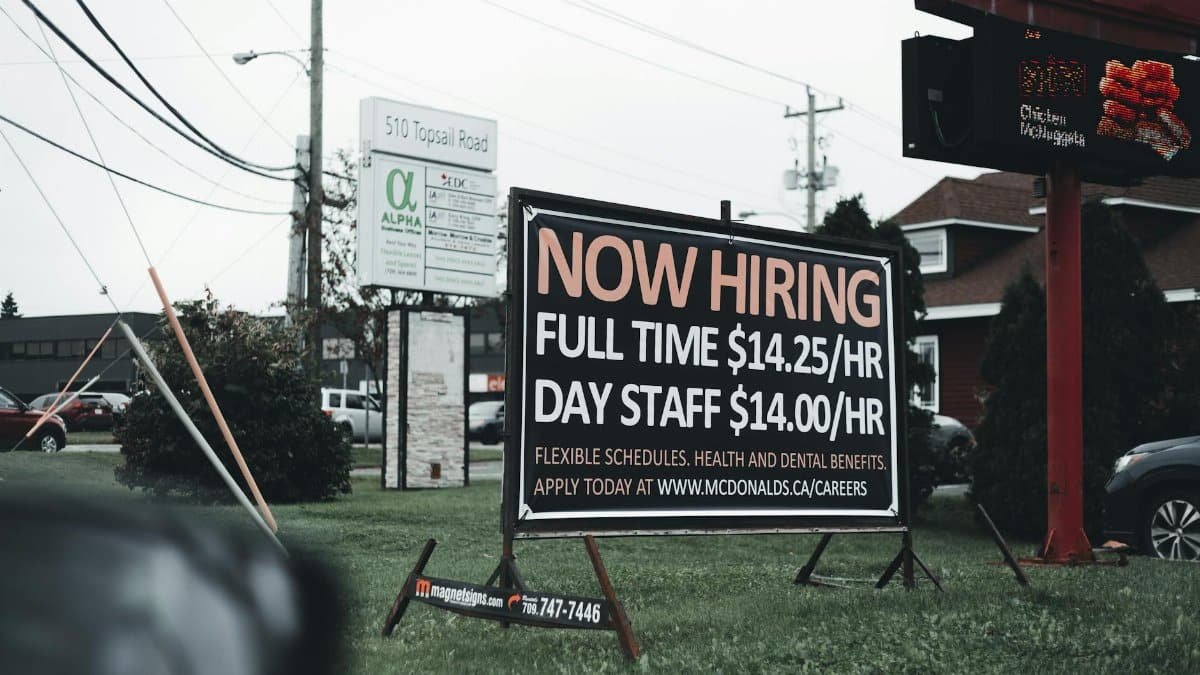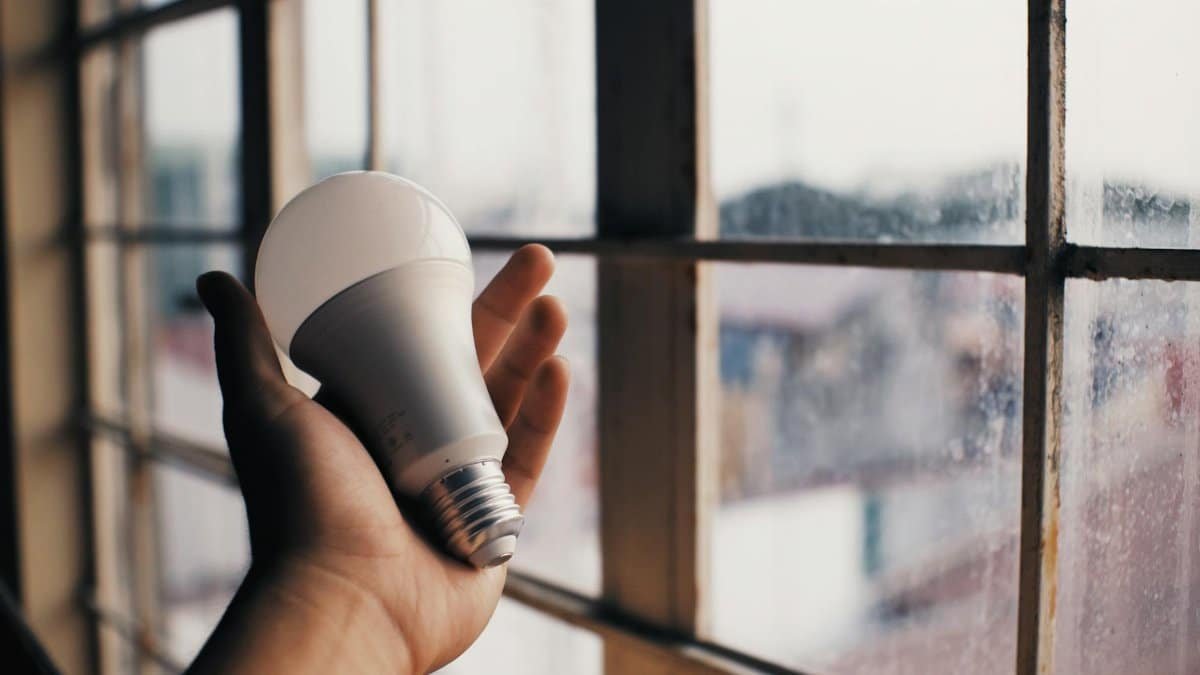In the digital age, getting left on “seen” can sting worse than radio silence. But why? New research reveals that this modern snub activates the brain’s pain centers more intensely than outright ignoring. A study found 68% of young adults report heightened anxiety from read receipts without replies, compared to just 32% from no response at all. It’s not just petty drama; it’s wired into our neurology. Enter healing selfcare: a toolkit for mending these emotional bruises and reclaiming your peace. As we navigate 2025’s hyper-connected world, understanding this science could be key to better mental health.
The Neurology of Rejection

Our brains treat social rejection like physical pain. When a message is marked “seen” but ignored, it triggers the anterior cingulate cortex, the same region that lights up during physical hurt. Silence, on the other hand, leaves room for ambiguity, softening the blow. Scientists at UCLA have mapped this response, showing how perceived dismissal ramps up stress hormones like cortisol. This isn’t new; evolutionary psychology suggests we’re hardwired to fear exclusion from the tribe. In today’s terms, that tribe is your chat group. Recognizing this can empower you to respond differently.
Why “Seen” Feels Like a Slap

Unlike silence, which might mean a missed notification, “seen” confirms intentional disregard. It’s a direct hit to self-esteem. A 2024 survey by the American Psychological Association noted that such interactions contribute to rising loneliness rates, with 45% of respondents linking digital snubs to depressive symptoms. The certainty of being overlooked amplifies the emotional impact, making it harder to brush off. This phenomenon, dubbed “read receipt regret,” is fueling discussions on social media etiquette in 2025.
Emotional Messages in Disguise

Every sting from a “seen” notification carries a hidden lesson. Emotions aren’t random; they’re signals. Anger might point to boundaries crossed, while hurt could reveal unmet needs for connection. Healing selfcare encourages decoding these messages instead of suppressing them. Practices like journaling help unpack the “why” behind the pain, turning a digital slight into personal growth. Experts say this awareness reduces reactivity over time, fostering resilience against future ignores.
Building a Selfcare Toolkit

Start simple: when “seen” hits hard, step away from the screen. Deep breathing exercises, grounded in mindfulness, can interrupt the stress cycle. Apps and routines that promote digital detoxes are gaining traction this year. Incorporate affirmations to rebuild self-worth, reminding yourself that one unread message doesn’t define you. Healing selfcare isn’t about avoidance; it’s about proactive emotional maintenance, much like brushing your teeth to prevent decay.
RealWorld Impacts on Relationships

These digital dynamics spill into real life. Couples report more conflicts stemming from message miscommunications, with “seen” often escalating to arguments. A report from the American Psychological Association’s Relationships page highlights how technology mediates intimacy, sometimes for the worse. By practicing healing selfcare, individuals can communicate needs better, reducing misunderstandings. In 2025, therapists are increasingly recommending “response boundaries” to mitigate these issues.
ScienceBacked Strategies for Healing

Cognitive behavioral techniques reframe the narrative. Instead of “They hate me,” try “They’re busy.” Studies from the National Institutes of Health show that such reframing lowers anxiety levels significantly. Physical activity also helps; exercise releases endorphins that counteract rejection pain. Combine this with social support, reaching out to friends for perspective. Healing selfcare integrates these elements, creating a holistic approach to emotional recovery.
The Role of Mindfulness

Mindfulness meditation trains the brain to observe emotions without judgment. Research from Harvard indicates it reduces activity in painrelated brain areas. Apply it post”seen”: sit with the feeling, note it, then let it pass. This practice, central to healing selfcare, prevents rumination, which amplifies hurt. With apps making mindfulness accessible, more people are adopting it in 2025 to handle digital stressors.
LongTerm Benefits

Consistent healing selfcare builds emotional armor. Over time, “seen” loses its power as you cultivate inner security. Data from a longitudinal study by the National Institutes of Health suggests that selfcare routines correlate with lower depression rates. It’s not just about surviving slights; it’s thriving despite them. As society grapples with tech’s toll, these habits offer a path to genuine wellbeing.
When to Seek Professional Help

If “seen” triggers persist and disrupt daily life, it might signal deeper issues like anxiety disorders. Therapists can provide tailored strategies. Organizations like the CDC recommend monitoring mental health signs, with resources available for support. Integrating professional input with personal healing selfcare ensures comprehensive care, especially as awareness grows in 2025.
Shifting Perspectives for the Future

Ultimately, understanding why “seen” hurts empowers change. Advocate for healthier digital habits, like turning off read receipts. By prioritizing healing selfcare, you transform pain into power, fostering a more compassionate selfrelationship. As research evolves, these insights promise to reshape how we connect in an increasingly online world.
